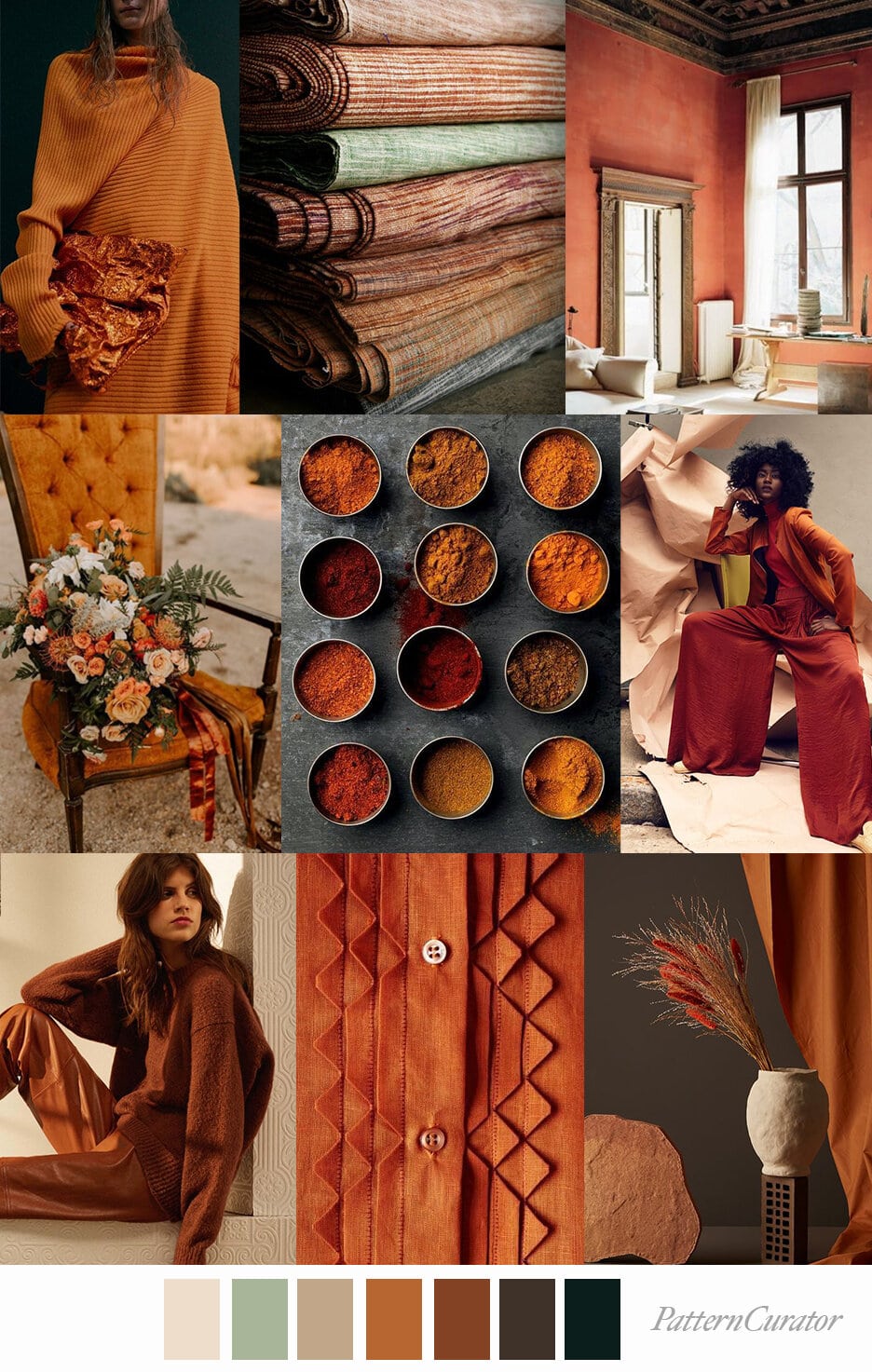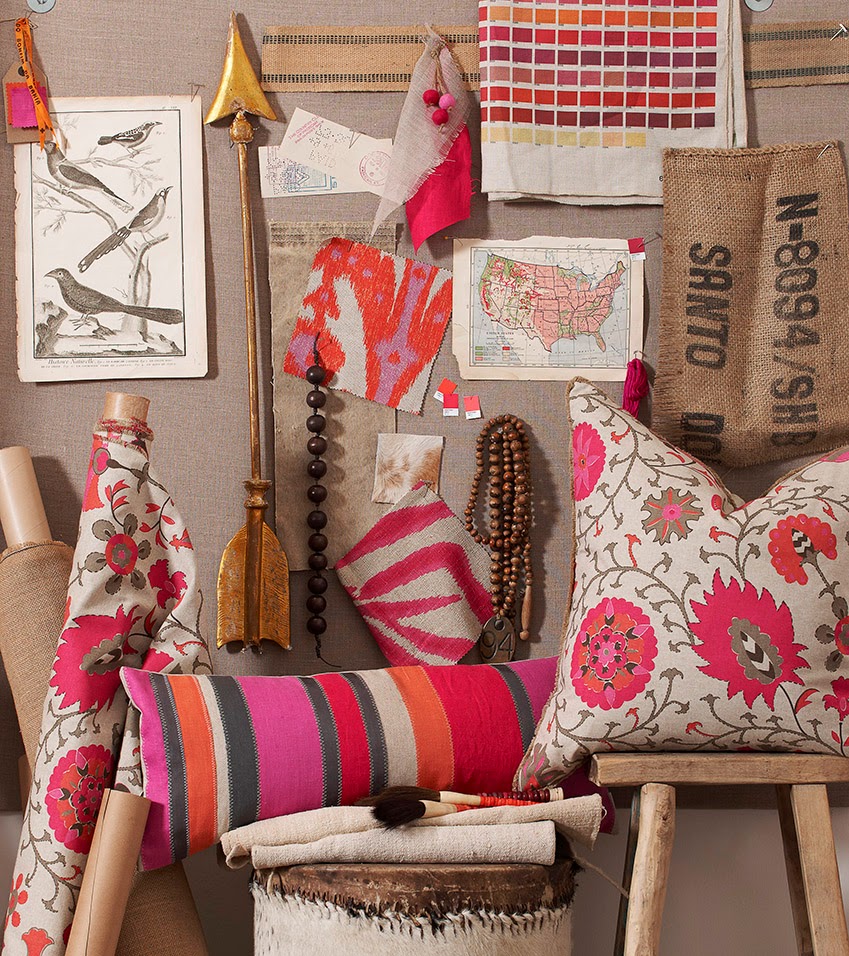
In fashion, the word “garment” means any piece of clothing or accessories made for people to wear. This includes things like shirts, pants, dresses, jackets, and even accessories like scarves and hats. Garments are the results of the creative process in fashion design and production.
Additionally, the fashion industry involves the conceptualization, design, production, marketing, and retailing of garments. Designers and fashion houses work to create unique and stylish garments that reflect current trends, cultural influences, and personal expression. The process of bringing a garment from concept to market involves careful consideration of factors such as fabric selection, pattern making, sewing techniques, embellishments, and overall design aesthetics.
In addition to being functional items of clothing, garments in the fashion industry often serve as cultural artefacts, expressing social, economic, and cultural trends. The whole garment industry also continually evolves, driven by changing consumer preferences, emerging designers, and innovations in materials and manufacturing processes.
Understanding the term “garment” within the context of the fashion industry involves recognizing its role as a key component in the complex and dynamic world of fashion, where creativity, craftsmanship, and consumer demand intersect to shape the way we dress and express ourselves.
Define Garment
Simply put, a garment is any clothing worn on the body, ranging from simple T-shirts to elaborate couture dresses. Beyond just covering the body, a garment is a way to express personal style, culture, and societal norms.
It’s not just about function. It serves aesthetic and symbolic purposes, playing a central role in how people present themselves to the world.
Garments are more than just clothes; they’re a significant aspect of human existence and self-expression.
The Journey Begins: Conceptualization
The process of creating a garment starts with a spark of inspiration. Designers draw upon diverse sources, such as art, nature, historical periods, or societal movements, to conceptualize their vision. This initial phase involves sketching, mood boards, and the exploration of fabrics and textures. So, the goal is to translate abstract ideas into tangible designs that can be transformed into a wearable piece.
This stage is crucial as it sets the foundation for the entire design process and influences the overall identity of the garment. Here are key aspects involved in the conceptualization of a fashion garment:
- Inspiration and Research: Designers draw inspiration from various sources such as art, nature, history, culture, or contemporary trends. Extensive research helps designers understand the context, cultural references, and potential themes related to their inspiration.
- Mood Boards and Sketching: Designers often create mood boards to visually represent the theme or concept, incorporating images, textures, colours, and fabric samples. Sketching allows designers to translate their ideas into visual representations, exploring different silhouettes, shapes, and design elements.

- Theme Development: Establishing a cohesive theme or concept is essential for creating a collection or individual garment that tells a story or communicates a specific idea. The theme guides decisions regarding colour schemes, fabric choices, and overall design elements.
- Innovative Design Elements: Conceptualization often involves thinking outside conventional boundaries, incorporating innovative design elements, cuts, or embellishments that align with the theme. Experimentation with new techniques or unconventional materials may be part of this phase.
- Cultural and Social Considerations: Designers may integrate cultural or social aspects into the conceptualization, creating garments that reflect or comment on specific cultural contexts or societal issues.
- Target Audience and Market Trends: Considering the target audience and staying aware of current market trends ensures that the conceptualized garment aligns with consumer preferences. So, balancing creative expression with commercial viability is crucial for success in the garment industry.
- Storytelling through Design: Some designers focus on telling a story through their garments. Each element, from colour choices to specific design details, contributes to the narrative.
The concept of storytelling through design adds depth and meaning to fashion, fostering a connection between the designer, the garment, and the wearer. It allows fashion to transcend its functional purpose and become a vehicle for self-expression, cultural representation, and even social commentary.
Whether conveying a sense of nostalgia, celebrating diversity, or addressing contemporary challenges, storytelling through design enriches the fashion landscape, turning clothing into a medium for artistic expression and storytelling. - Iterative Process:
Fashion design is like a continuous cycle of creativity and refinement. It’s an evolving process where designers keep making improvements from the initial idea to the final product. This approach allows for constant exploration, and adapting to new influences.
Designers go through a cycle of brainstorming ideas, creating prototypes, testing them out, and then refining them until the garment matches their vision, meets quality standards, and connects with the people they’re designing for. It’s a dynamic and ongoing journey to create the best possible clothing.
Overall, successful conceptualization lays the groundwork for the subsequent stages in the garment industry, guiding decisions in construction techniques, and finishing touches. It is the imaginative phase where the designer’s creativity takes shape, and the initial idea transforms into a visual representation of wearable art.
Fabric Selection: The Foundation of a Garment Industry
Fabric selection is a crucial step in garment creation, serving as the cornerstone of the entire design. It significantly influences the garment’s aesthetics, comfort, durability, and functionality. The choice of fabric contributes to the garment district’s overall look and feel. It impacts factors like the garment’s seasonality, drape, and structure.
Additionally, it affects the comfort of the outer garment consisting of the wearer, making considerations for breathability and flexibility vital. Durability, color retention, ethical sourcing, and cost are also essential factors. In essence, fabric selection is the foundation upon which the garment’s design and quality are built.

Pattern Making and Cutting
Pattern making and cutting are integral processes in the garment industry that bridge the conceptualization of a garment with its physical creation. Once the design is finalized, pattern-making involves creating templates that serve as blueprints for the various components of the garment. This precision is critical as it directly influences the fit and structure of the final product.
Subsequently, one-piece garment the fabric is cut based on these patterns, laying the groundwork for the garment’s construction. The accuracy of cutting is paramount to ensure each piece aligns seamlessly during assembly. This phase sets the stage for the meticulous craftsmanship that transforms a flat piece of fabric into a three-dimensional, wearable garment. In essence, pattern making and cutting are the technical foundations that bring the designer’s vision to life in the physical form of a garment.
The Art of Construction: Sewing and Assembling
Sewing is the soul of garment construction, where the pieces of fabric come together to form a cohesive whole. Skilled artisans, often working with sewing machines, meticulously stitch each seam, ensuring proper alignment and seam allowance. The assembly process of other garments may involve various techniques such as pleating, gathering, or draping, depending on the design. This stage is where the garment begins to take shape and transforms the outer garment from a concept into a tangible piece.

Embellishments and Finishing Touches
Embellishments and finishing touches are like the magic that turns a piece of clothing into a true masterpiece. Designers pay close attention to details like embroidery, beads, buttons, zippers, or other decorative elements to make the garment look even more appealing.
These additions tell a story and give a personal touch to the design. Choosing where and how to add these embellishments is crucial, as they bring depth and character, often reflecting cultural or personal meanings. The final touches give the garment a polished look. It highlights the careful craftsmanship and attention to detail that defines top-notch fashion.
Garment Fitting and Alterations
The journey from concept to closet involves multiple iterations to achieve the perfect fit. Fitting sessions with models or dress forms allow designers to assess the garment’s proportions, silhouette, and comfort. Adjustments and alterations are made as needed. It ensures that the final piece aligns with the designer’s vision and meets the expectations of the wearer.
Quality Assurance and Ethical Considerations
As the garment nears completion, quality assurance becomes paramount. Inspections for stitching quality, fabric integrity, and overall craftsmanship help maintain high standards. Additionally, ethical considerations for protective garment make, such as sustainable sourcing of materials and fair labor practices, have gained prominence in the garment industry. Overall, designers and consumers alike are increasingly mindful of the environmental and social impact of garment production.

The Path to the Closet: Marketing and Retail
The culmination of the garment creation process involves bringing the garment-worn design to the consumer. Marketing strategies, branding, and retail channels play a crucial role in making the garment accessible to the target audience. Whether it’s through traditional brick-and-mortar stores or online platforms, the garment embarks on its final journey from the designer’s studio to the consumer’s closet.
Conclusion
To sum up, from its conceptualization to the final destination in the closet, a garment is a result of a complex and intricate process that merges artistry, functionality, and cultural influences. Each stage, from selecting fabrics to the finishing touches, contributes to the garment’s unique identity. So, as consumers, understanding the elements that define garments allows us to appreciate the craftsmanship behind the clothes we wear. It fosters a deeper connection with the artistry that transforms loose garments from a mere concept into a cherished piece in our closets.





Leave a Reply